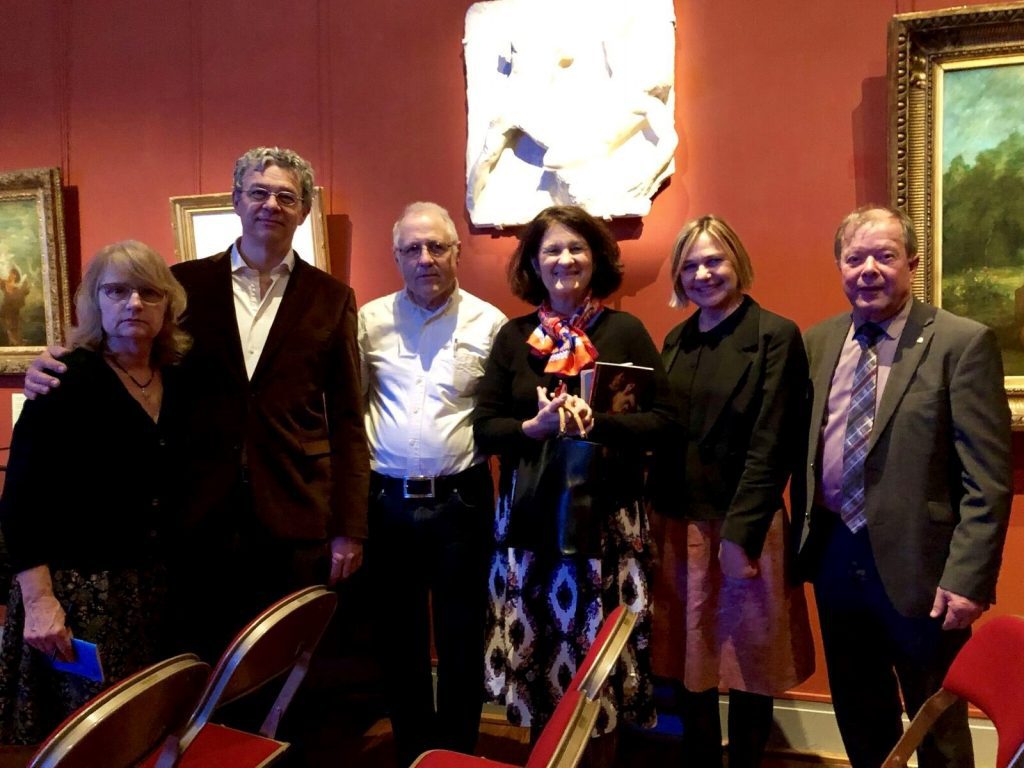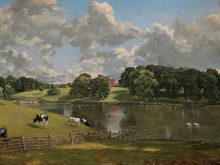On January 16, 2018, a diverse group of scholars including art historians, literature experts and historians of science met at the Musée Delacroix in Paris for a workshop entitled: “Peindre les nuages, de l’aube des Lumières au crépuscule du romantisme” (or Painting the clouds, from the dawn of the Enlightenment to the twilight of romanticism).
Sponsored by ICHM, below the workshop organiser Anouchka Vasak summarises and reflects on the meeting. For a full schedule of the event, please scroll down.

The Cloud meeting at the Musée Delacroix took place in Paris on a stormy day, but it was the best place to be on this day: the dialogue between researchers coming from different fields (philosophy, history of art, history of sciences, geography, literature studies), was enthralling. The philosopher Baldine Saint Girons opened the meeting by talking about the new place of the clouds in epistemology and aesthetics during the 18th Century, but her route began with Masolino and Corregio, and led to Fragonard. The same Fragonard was the centre of Guillaume Faroult’s talk: the director of the French 18th Century paintings and British and American paintings of the Musée du Louvre described Enlightenment paintings, some fairy, some libertine, where the cloud is a metaphor rather than a meteorological object. The geographer Martine Tabeaud analysed the storm paintings of a re-discovered painter, Georges Michel (1763-1843), by giving a climatologic interpretation. Vladimir Jankovic closed the morning with John Constable’s clouds; pointing out the link between the chorographical tradition and Constable’s landscapes. Dominique de Font-Réaulx, the director of the Musée Delacroix, focused on Delacroix’s clouds and on the first photographers of clouds (Gustave le Gray, Charles Marville, Adolphe Autin), showing that the distortions with the reality were due to the technical problems specific to the exposure time. Svein M. Fikke and Øyvind Nordli gave a fascinating talk on Munch’s famous Scream: the frequent nacreous clouds of the period may explain the strange coloured stripes of clouds on the background of the picture rather than the peculiar sunsets due to the Krakatoa eruption (1883). The poet and specialist of literature Michel Collot opportunely closed the meeting with the sun, especially the Monet Impression, soleil levant (or couchant?), which he compared with Claude’s sunsets and some romantic suns, such as C.D. Friedrich’s.
Programme Delacroix Nuages 16 janvier

